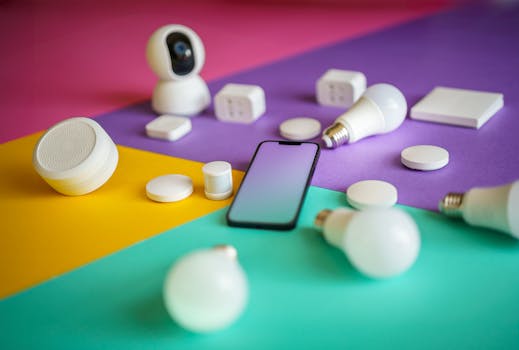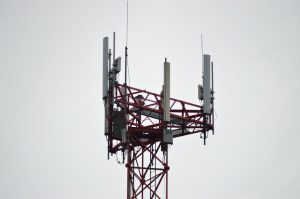
Smart Connectivity: The Role of IoT in Modern Communication
The Internet of Things (IoT) is revolutionizing the way we communicate, making smart connectivity a reality. IoT refers to the network of physical devices, vehicles, home appliances, and other items that are embedded with sensors, software, and connectivity, allowing them to collect and exchange data. In the context of modern communication, IoT plays a vital role in enabling seamless and efficient communication between devices, people, and systems.
IoT has transformed the way we live, work, and interact with each other. With the proliferation of smart devices, such as smartphones, smart home devices, and wearables, we are now more connected than ever before. IoT has enabled the creation of smart cities, smart homes, and smart industries, where devices and systems can communicate with each other in real-time, making our lives more convenient, efficient, and productive.
In the realm of modern communication, IoT has enabled the development of new technologies and applications, such as voice assistants, smart speakers, and augmented reality. These technologies have transformed the way we communicate, making it more intuitive, interactive, and immersive. For instance, voice assistants like Alexa and Google Assistant can control multiple devices, play music, and provide information, making it easier for us to manage our daily lives.
Moreover, IoT has also enabled the development of smart communication protocols, such as 5G and Wi-Fi 6, which provide faster, more reliable, and more secure connectivity. These protocols have enabled the widespread adoption of IoT devices, making it possible for devices to communicate with each other in real-time, regardless of their location or platform.
Another significant impact of IoT on modern communication is the enablement of remote work and collaboration. With the rise of IoT, remote workers can now stay connected with their colleagues and teams in real-time, regardless of their location. This has enabled the creation of virtual teams, remote offices, and collaborative workspaces, making it easier for people to work together, share ideas, and innovate.
In addition to these benefits, IoT has also raised concerns about security, privacy, and data protection. As IoT devices collect and exchange vast amounts of data, there is a risk of data breaches, cyber attacks, and unauthorized access. Therefore, it is essential to implement robust security measures, such as encryption, firewalls, and access controls, to protect IoT devices and data from unauthorized access.
In conclusion, the role of IoT in modern communication is significant, enabling seamless and efficient communication between devices, people, and systems. As IoT continues to evolve and expand, we can expect to see new technologies, applications, and innovations emerge, transforming the way we communicate, work, and live.
The future of IoT is promising, with potential applications in various industries, such as healthcare, transportation, and education. For instance, IoT can enable the development of smart hospitals, where medical devices and equipment can communicate with each other in real-time, improving patient care and outcomes. Similarly, IoT can enable the creation of smart transportation systems, where vehicles, traffic lights, and infrastructure can communicate with each other, reducing congestion, improving safety, and enhancing the overall travel experience.
Furthermore, IoT can also enable the development of smart education systems, where students, teachers, and institutions can communicate with each other in real-time, improving learning outcomes, reducing costs, and enhancing the overall educational experience. With the potential to transform various industries and aspects of our lives, IoT is an exciting and rapidly evolving field that holds tremendous promise for the future.
As we move forward, it is essential to address the challenges and concerns associated with IoT, such as security, privacy, and data protection. By implementing robust security measures, ensuring transparency and accountability, and promoting responsible innovation, we can harness the full potential of IoT and create a smarter, more connected, and more sustainable world.



